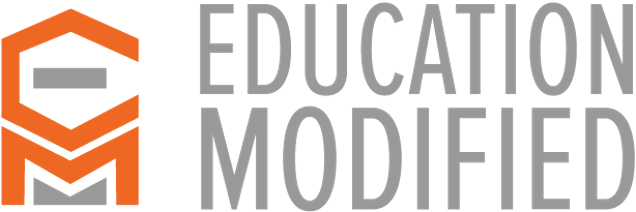As NPR reported earlier this year in ‘It Is Not Easy Teaching Special Ed’, our current special education system is asking special educators to do an impossible task: two jobs in one. With siloed workflows, ever-increasing data collection and a rising population of students with special needs, it is no wonder that our nation is facing a huge shortage of special education teachers.
We are demanding that our special education teachers do essentially two jobs at the same time:
Job One:
- lesson plan
- teach
- differentiate instruction
Job Two:
- data-collection
- documentation
- paperwork for the sake of compliance
While billed as the same, these two jobs are actually very different, and most of the time unrelated.
The workflows are not integrated and thus do not lend themselves to collaboration. And the tools and resources available for teachers in order to do these distinct jobs do not live up to expectations nor work in tandem. The result? Siloed work, double entry, inefficient processes, miscommunication, re-inventing of the wheel, frustration, teacher turnover, and ultimately, slow student progress.
Digging deeper into each job, separate problems exist:
- Job One (lesson planning, teaching and differentiated instruction) requires teachers to stand in front of classrooms of very diverse learners – ranging from – children with learning challenges, diagnosed disabilities, language differences, cultural differences, and a broad range of social and emotional needs. And we expect teachers to have the knowledge, experience, and pedagogical acumen to meet all of these needs in every lesson, every day. But the resources and tools to do this job well are scattered all over the internet, trapped in teachers’ minds, and very difficult to transfer and collaborate, thus – leaving support for this environment tremendously lacking. Teachers feel alone, isolated and very under supported. Here is one report.
- Job Two (compliance, data-tracking, progress monitoring, goal creation, and reporting) mandates that teachers document various items for special education students to satisfy federal and/or state compliance laws. However, like many mandates, they did not come with actual tools or systems for implementation. As mentioned in previous posts, the IEP was created in 1974, and has not been re-evaluated since. Response to Intervention (RTI) and Multi-Tiered System of Supports (MTSS) for struggling learners have followed suit. So, districts and schools are left to their own accord in figuring out how to effectively complete these mandates in practice.
To give you a quick idea, this is how well the NYC DOE is doing.
Two main takeaways are that teachers are telling us that they don’t have the support or access to resources to do Job One, and they don’t have the tools or technology to do the Job Two. Or in the case when a teacher is given the tools to do Job Two, the tools they are given are literally so terrible that they are suing districts for tens of millions of dollars for making them use them – and they’re winning the lawsuits.
Lesson learned? We need to combine these two jobs.
We need to give teachers access to the latest resources and learning science research, and then the tools to combine these workflows and execute efficiently.
To learn more about how Education Modified is tackling this problem click here.





